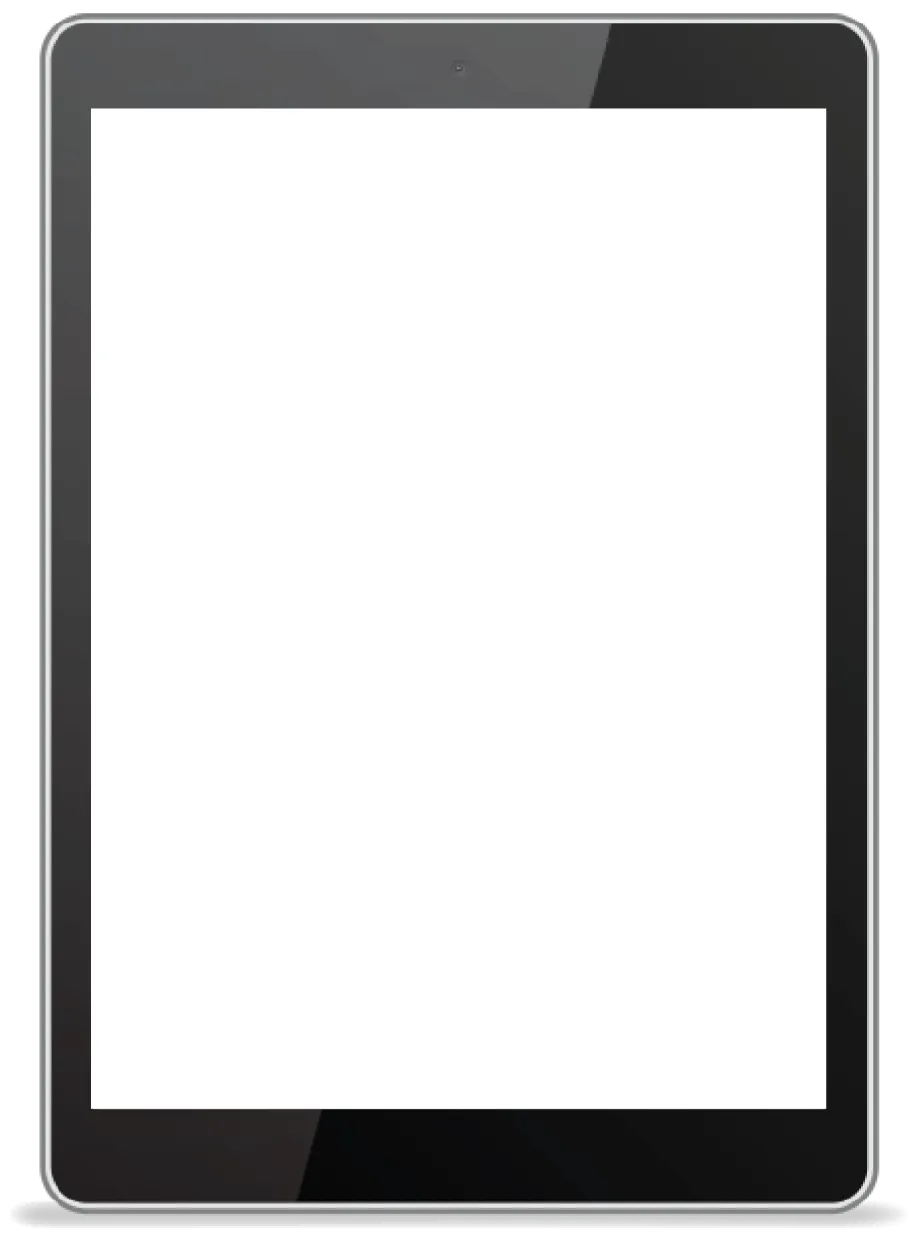In addition to all that, I also add these extras to our client projects:

Name of the First Extra
Lorem ipsum dolor sit amet, consectetur adipiscing elit. Nulla risus libero, vestibulum non nulla at, feugiat tristique ante. Suspendisse imperdiet, metus id dapibus molestie, velit tellus dapibus eros, vestibulum euismod justo lorem non magna. Sed aliquet leo eget nisl blandit, in efficitur dolor mollis. Sed egestas leo nulla, eget ultricies ex finibus ac. Nullam et dui congue.
extra one
extra two
Name of the Second Extra
Lorem ipsum dolor sit amet, consectetur adipiscing elit. Nulla risus libero, vestibulum non nulla at, feugiat tristique ante. Suspendisse imperdiet, metus id dapibus molestie, velit tellus dapibus eros, vestibulum euismod justo lorem non magna. Sed aliquet leo eget nisl blandit, in efficitur dolor mollis. Sed egestas leo nulla, eget ultricies ex finibus ac. Nullam et dui congue.


Name of the Third Extra
Lorem ipsum dolor sit amet, consectetur adipiscing elit. Nulla risus libero, vestibulum non nulla at, feugiat tristique ante. Suspendisse imperdiet, metus id dapibus molestie, velit tellus dapibus eros, vestibulum euismod justo lorem non magna. Sed aliquet leo eget nisl blandit, in efficitur dolor mollis. Sed egestas leo nulla, eget ultricies ex finibus ac. Nullam et dui congue.
extra Three

The Timing Trap: When Your Pitch Matters
The Timing Trap: Why When You Pitch Matters More Than What You Pitch
The perfect media pitch can fall flat if it lands at the wrong moment. While many brands focus extensively on crafting their message, timing often determines success more than content. Understanding the complex rhythms of media coverage can transform your press results.
Understanding Media Cycles
Newsrooms operate on precise schedules that vary by medium. Morning shows plan segments weeks in advance, while digital outlets might build tomorrow's coverage today. Print magazines work months ahead, especially for seasonal features. When brands ignore these cycles, even compelling stories get overlooked.
The Morning Show Mistake
Consider the brand that pitches a morning show segment two days before they hope to appear. Despite having an excellent story and strong visuals, they've already lost their opportunity. Most morning shows finalize their segments at least two weeks in advance, with holiday or seasonal coverage planned months ahead. Successful brands understand these lead times and plan accordingly.
Digital's Deceptive Speed
While digital media moves quickly, timing still matters critically. Pitching a trend story late Friday afternoon usually ensures it gets buried in Monday's flood of emails. Additionally, many digital outlets plan content themes weekly or monthly. Understanding these editorial calendars helps brands align their pitches with planned coverage.
The Seasonal Story Strategy
Publications often work several months ahead for seasonal content. The brand pitching holiday gift guides in November has already missed their window. Leading brands maintain a detailed calendar of seasonal opportunities, pitching summer stories in winter and holiday angles by late summer.
Breaking News and Opportunity
Some timing opportunities emerge unexpectedly. When breaking news relates to your expertise, quick response can secure valuable coverage. However, this requires preparation: having pre-approved statements, available spokespersons, and established media relationships ready before opportunities arise.
Creating Your Media Timeline
Successful media relations requires developing a strategic timeline that accounts for different media cycles. Start by mapping out:
Lead times for different media types
Seasonal coverage opportunities
Industry event calendars
Company announcements and milestones
Potential breaking news topics in your industry
Building Better Timing
The most successful brands maintain detailed editorial calendars that align their stories with media opportunities months in advance. They understand that timing transforms good pitches into great coverage.
Perfect Your Press Timing
Ready to stop missing media opportunities? Get our free Retro Pitch Kit and discover how understanding traditional media cycles can revolutionize your modern coverage success.

